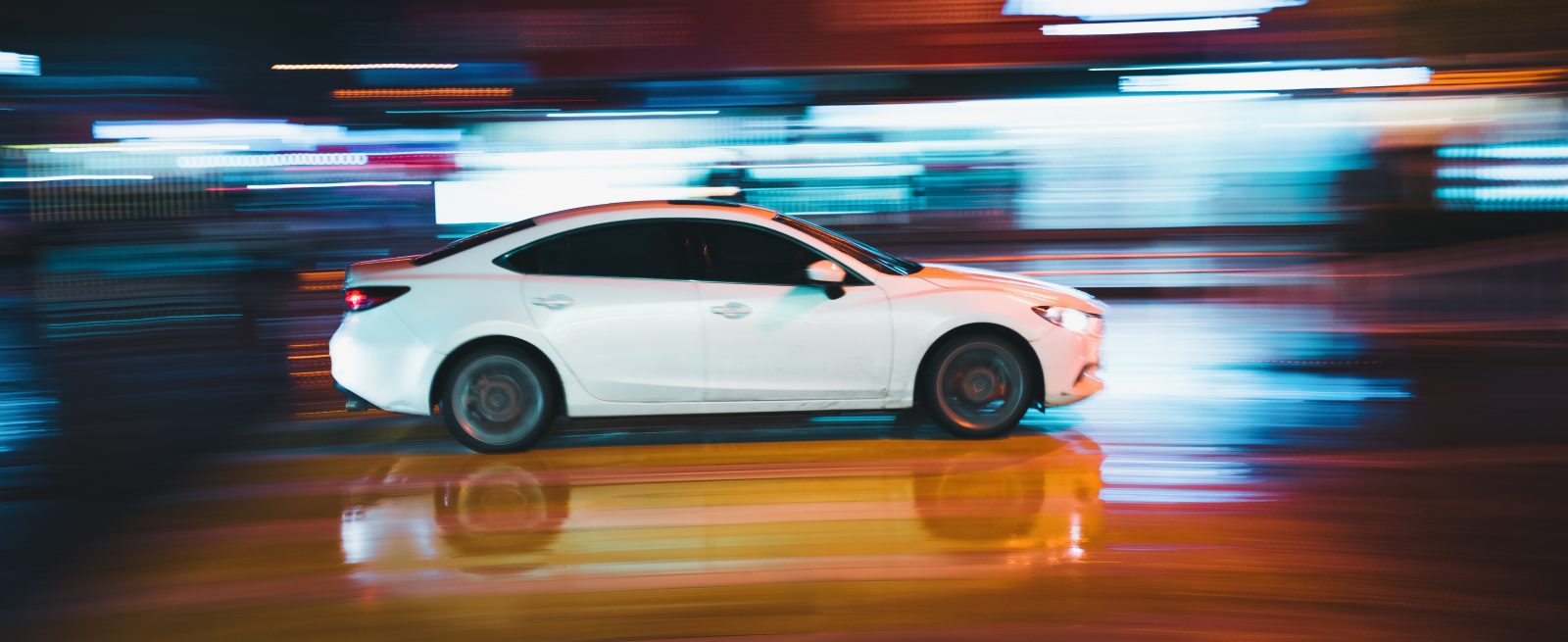Driverless Technology Could Be a Benefit to Restaurants
2 Min Read By Gary Goralnick
The restaurant industry has always been focused on making customers lives easier, from fast-food to valet parking. Now, apps like Uber Eats and GrubHub let people order food from any local restaurant, even ones that normally do not offer delivery. Restaurants have adopted to digital ordering systems that fulfill customer’s cravings and soon they will need to evolve again. Autonomous vehicles are expected to become part of the product delivery ecosystem replacing drivers. And, they will also be able to bring customers to restaurants, if the restaurants are reaching the customers in their vehicles when they are likely to be thinking about a meal.
Autonomous vehicles are expected to become part of the product delivery ecosystem.
In the morning, busy moms and dads who are rushing to get the kids to school and had no time for breakfast can be targeted for a cup of coffee and a muffin by the local coffee shop. Screens in autonomous vehicles could be used by restaurants to geo-target potential customers as their vehicles are passing nearby. When an ad pops up on the screen urging mom or dad to come in and get 50 cents off their favorite drink, all it will take is a tap on the screen to place an order and direct the vehicle to drive to the coffee shop after school drop off.
As another example, commuters sitting in traffic after work often think about what to do for dinner. Ads for taco Tuesday or buy-one-get-one free entrees at the new Italian restaurant, could quickly win over diners who want to avoid spending their evening chopping and doing dishes. A few taps on the screen could place the customer’s order, and that order could be sent to the kitchen when the diner checks in for his or reservation or result in the food being ready for pickup when the driverless vehicle, after receiving directions once the order is placed, arrives in the parking lot.

Time saved during the day by the convenience of making purchases in the car will be one of the reasons consumers will be adopting self-driving technology. Restaurants of all types will need to reach consumer in new ways through in-vehicle advertising. As an autonomous vehicle is passing near a restaurant, ads for weekly specials could pop-up on the screen attracting customers to make an order for that establishment versus the competition. Another change the industry will have to make is how orders are made online.
Digital platforms on apps or restaurant websites that enable remote ordering will need to be advanced, adding a step that tells the autonomous vehicle where to drive after an order is placed. Customers who follow a dining pattern could also be reminded by their vehicle that it’s Monday, or any other particular day of the week, and ask if they’d like to make a reservation or place an order from their usual spot, promoting repeat business.
When autonomous vehicles move out of the testing stage and become an everyday option for consumers, restaurants that have prepared in advance will be poised to benefit. In-vehicle ads and the ability to place an order from a screen in the car can help boost sales and bring in new customers.


